A disease called–strong> cataract is familiar to almost everyone. Many have personally undergone surgical treatment for this (Photos 1, 2). 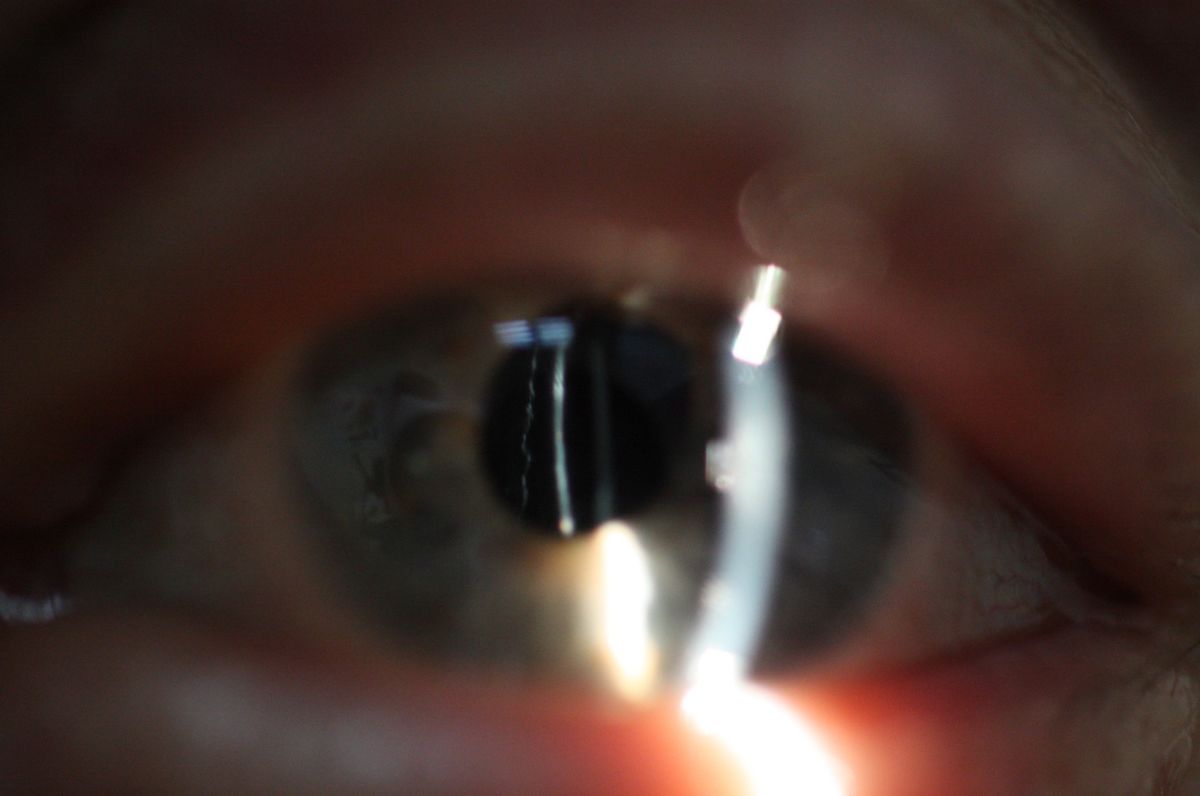 Almost everyone has friends and relatives who have been subjected to this ordeal. Although this operation is a well-predicted and, as a rule, a favorable event in a person's life, the possibility of avoiding it attracts many.
Almost everyone has friends and relatives who have been subjected to this ordeal. Although this operation is a well-predicted and, as a rule, a favorable event in a person's life, the possibility of avoiding it attracts many.
The opinion of ophthalmologists is usually categorical – there is no alternative to surgical treatment for cataracts. Sooner or later, you'll have to have surgery. Therefore, earlier is better. The operation is easier and the prognosis is more favorable.
Cataract surgery is usually performed in people of mature age (40-60 years old), the elderly (60-80 years old) and the elderly (over 80 years old). At these stages of the life path, the eye accommodation device often no longer works and there is a forced need to use glasses during work or entertainment that requires "close vision". If an artificial lens is implanted during surgical treatment for cataracts, which forms the effect of pseudo-accommodation, then not only the quality of vision is restored, but also the ability of "close vision" is restored without additional eyeglass correction. From this point of view, the patient after cataract surgery becomes younger (at least until the age of 30) and remains so indefinitely.
Therefore, there is an opinion that the surgical treatment of cataracts is the rejuvenation and restoration of the real potential of a modern person at a certain stage of his life. From our point of view, this view is correct. It is relevant for people with an active lifestyle. They welcome the emergence and development of new ideas in their lives and strive to embody everything in the reality around them.
But there are also people with a conservative attitude towards many revolutionary ideas and practical innovations. They try to be closer to nature and not contradict it. It is for them that the preservation of the usual traditional visual functions, due to the transparency of the lens given to them by God, is important. They are thinking about preserving or restoring its transparency.
And the ophthalmological community resolutely, irrevocably, and without alternative tells them no.
Yes, clinical trials and the logic of ongoing biological processes prove the ineffectiveness of an extensive range of anti-cataract drops (Photo 3)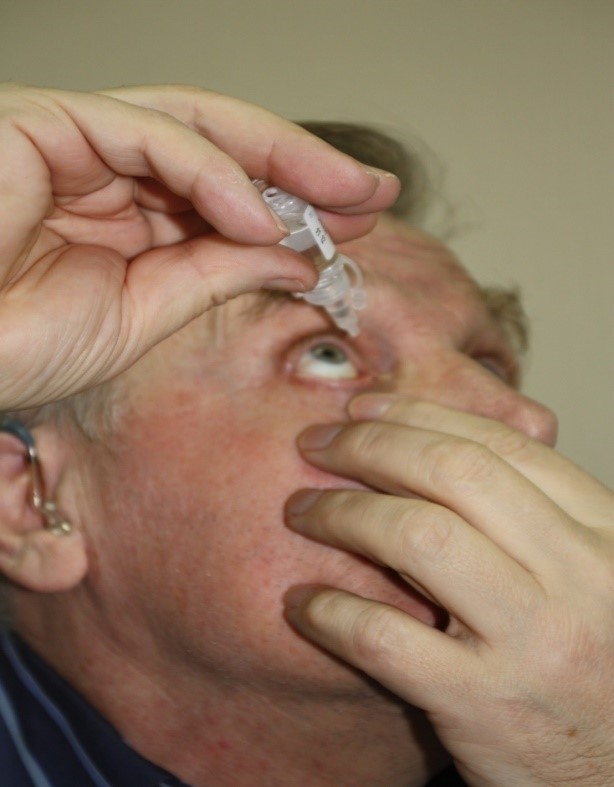 , both official and exotic. Therefore, an information and practical impasse has formed.
, both official and exotic. Therefore, an information and practical impasse has formed.
Let's try to figure out this issue. Is it possible to slow down the development of cataracts without surgery?
to do this, it must use energy and raw organic compounds (proteins, fats, carbohydrates, etc.). Oxygen is also required for energy production. Where can I get all this if there is no blood circulation? Solving this problem, nature placed the lens in a "river of intraocular fluid" (Fig. 1).
The river flows and brings with it oxygen, essential organic compounds, vitamins, and trace elements. And it carries with it the products of the decay of ATP (energy production), radicals (remnants of the decay of organic compounds), excess ions (after the use of trace elements).
Naturally, if the flow of the "river" slows down, then the vital activity in it begins to change (Fig. 2). 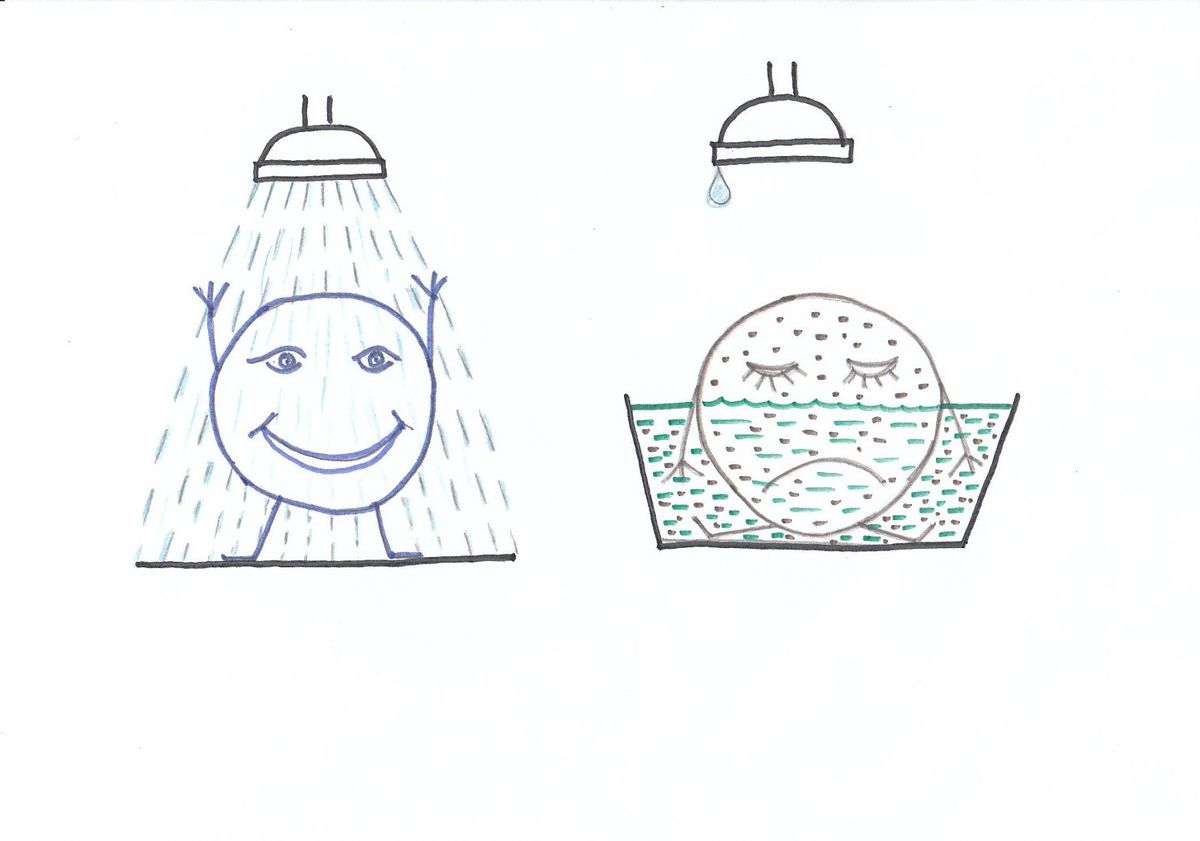 Compensatory (protective mechanisms) begin to be involved in the process. Sometimes they act adequately, and the disease does not develop, and sometimes inadequately, then structural changes begin. It is acceptable that organic substances with deviations in their chemical structure begin to form in the lens. They seem to differ little from those that were before, but the general physico-chemical properties of the organ that they make up are changing. This is how the lens tissue begins to lose its transparency (Photos 4, 1)
Compensatory (protective mechanisms) begin to be involved in the process. Sometimes they act adequately, and the disease does not develop, and sometimes inadequately, then structural changes begin. It is acceptable that organic substances with deviations in their chemical structure begin to form in the lens. They seem to differ little from those that were before, but the general physico-chemical properties of the organ that they make up are changing. This is how the lens tissue begins to lose its transparency (Photos 4, 1)
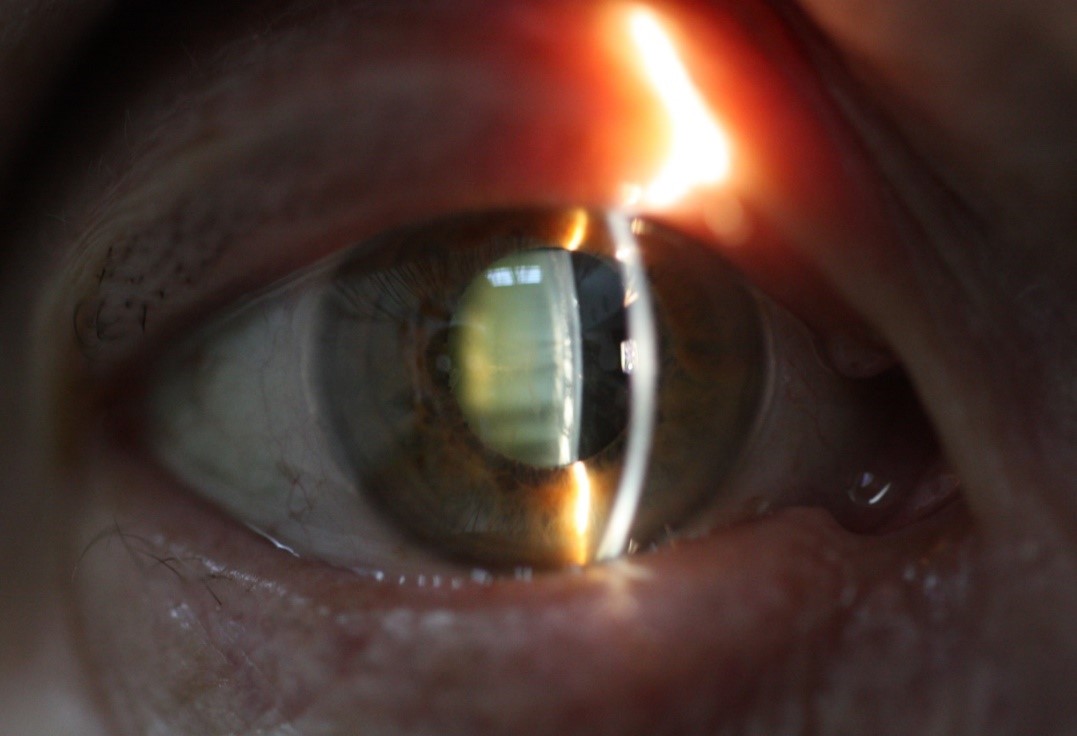
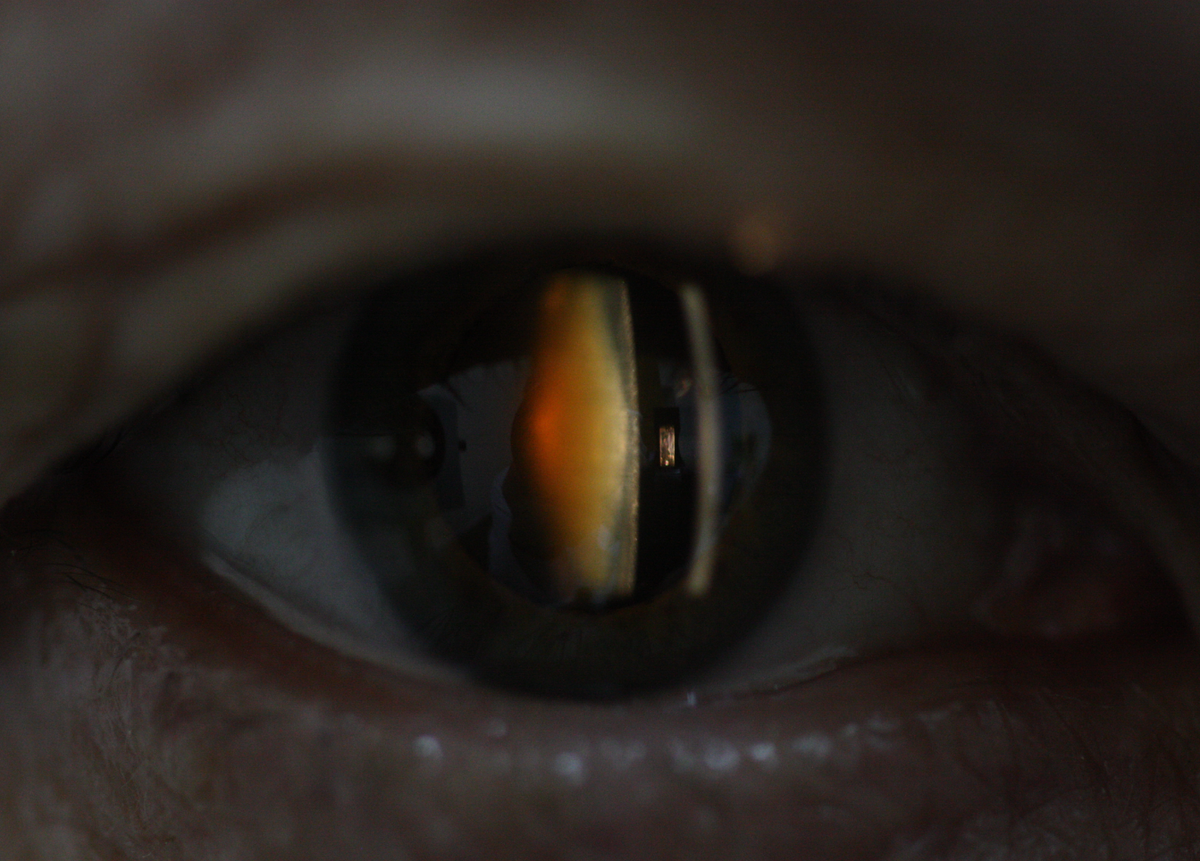
If you consider everything that was said in the previous paragraphs to be logical, then you yourself have probably drawn a simple conclusion – the "river current", called intraocular hydrodynamics, needs to be monitored and its effectiveness restored if necessary. Yes, in this case, there will be little chance of cataract formation.
Therefore, if an ophthalmologist told you, ".. uh... father (or mother), yes, you have cataracts starting ...", then you should not get upset. Firstly, there is the "modern" style – you can have surgery and look younger, and secondly, if you are a fan of the "classics" - do a study of the effectiveness of the movement of intraocular fluid. If the "river run" has slowed down, then it can be stimulated, and the cataract will not develop further.
It is possible to determine the effectiveness of the formation of intraocular fluid in the eye easily and painlessly. For this purpose, a clinical diagnostic method is used – tonography.
There are several methods of stimulating the formation of intraocular fluid. The simplest, painless, affordable and effective enough for the prevention of cataract development is physiotherapeutic stimulation of normal (active) secretion of intraocular fluid (Photos 4, 5).

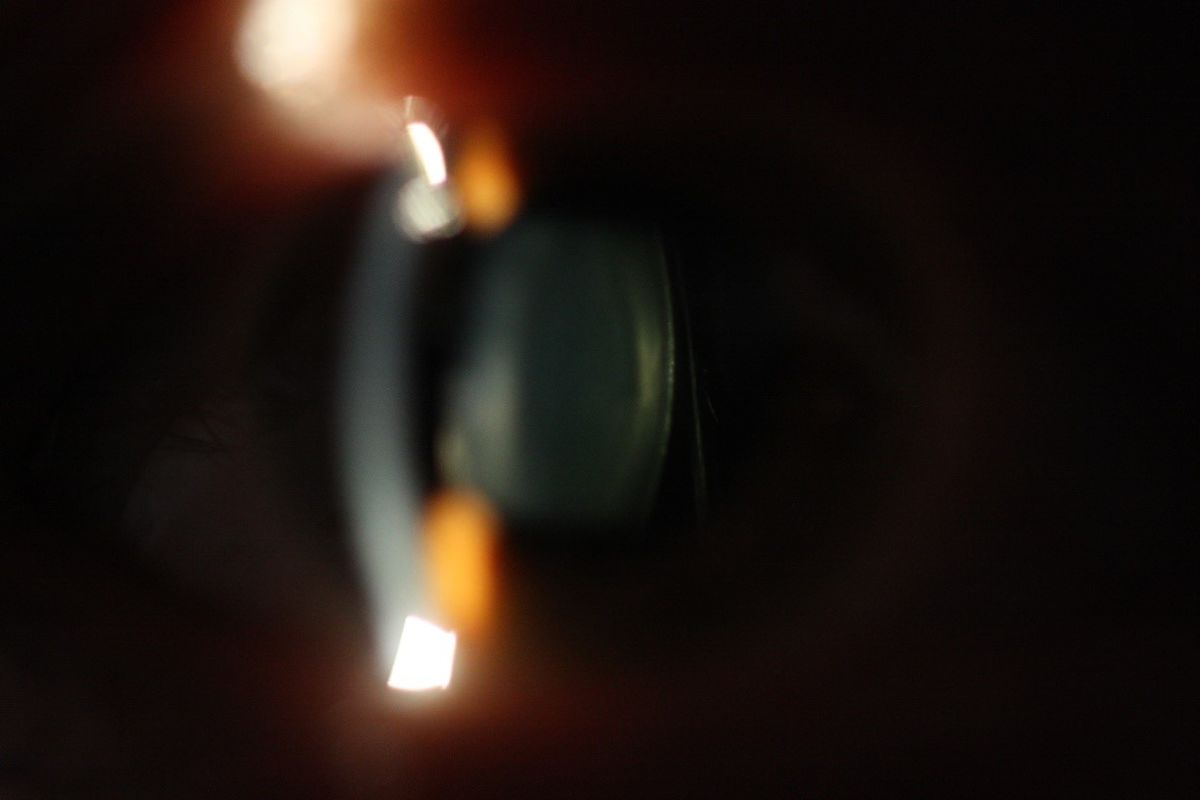
.webp)





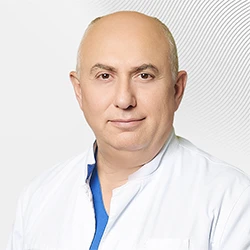
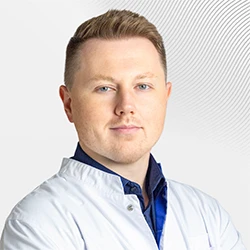


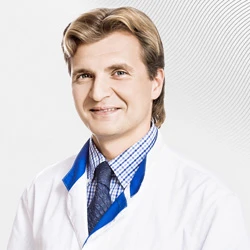
.webp)

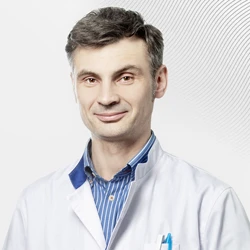
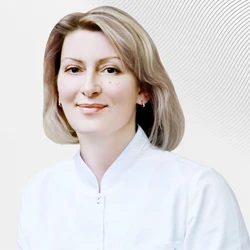
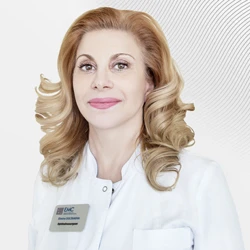
.webp)
